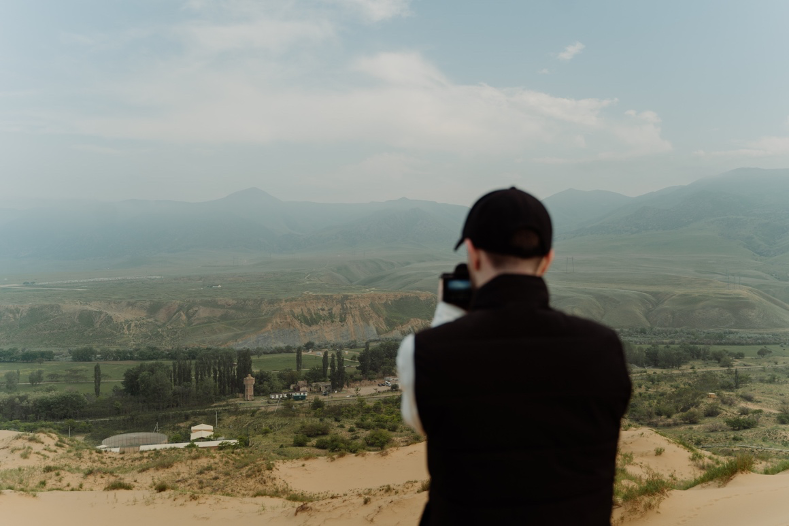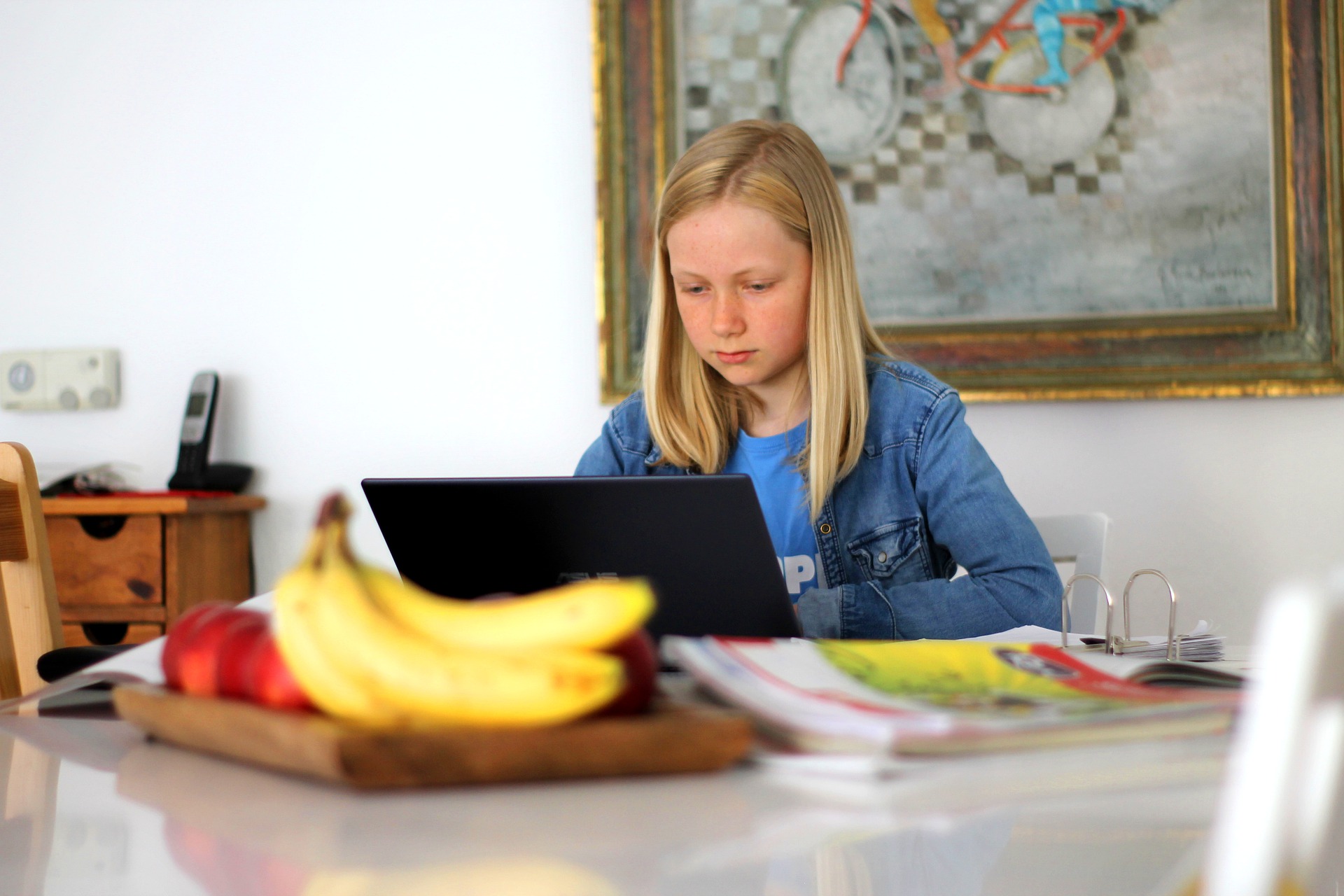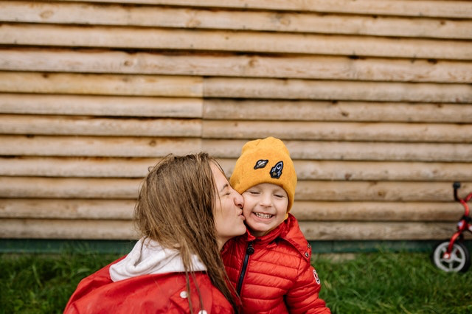Previously, on other occasions, we have defined what is considered as landscape. That is, all those visible features that we can find in a given area of land, what are its forms, and in turn, the way in which natural and artificial elements are integrated. We can differentiate between the physical elements which are the READ MORE >




